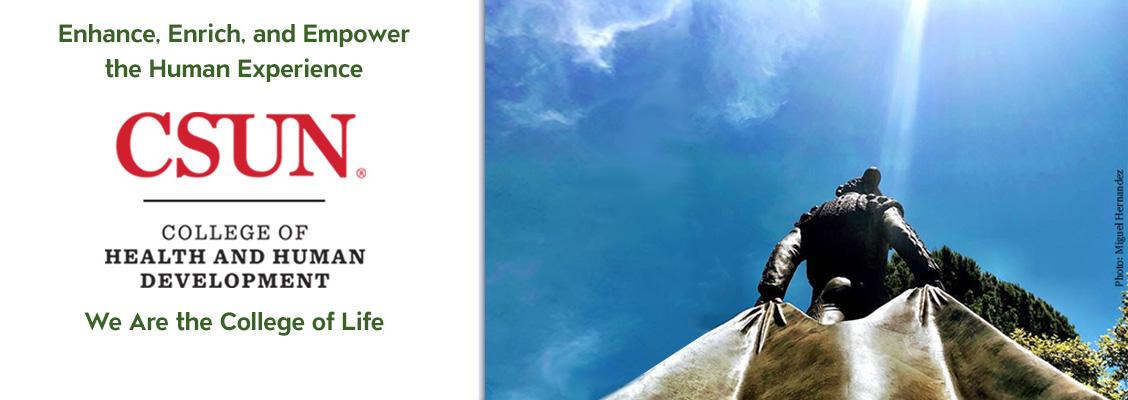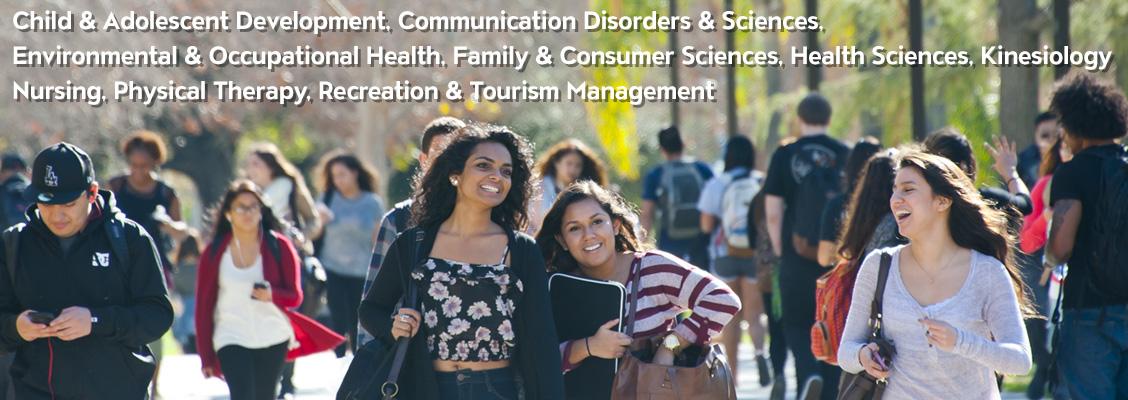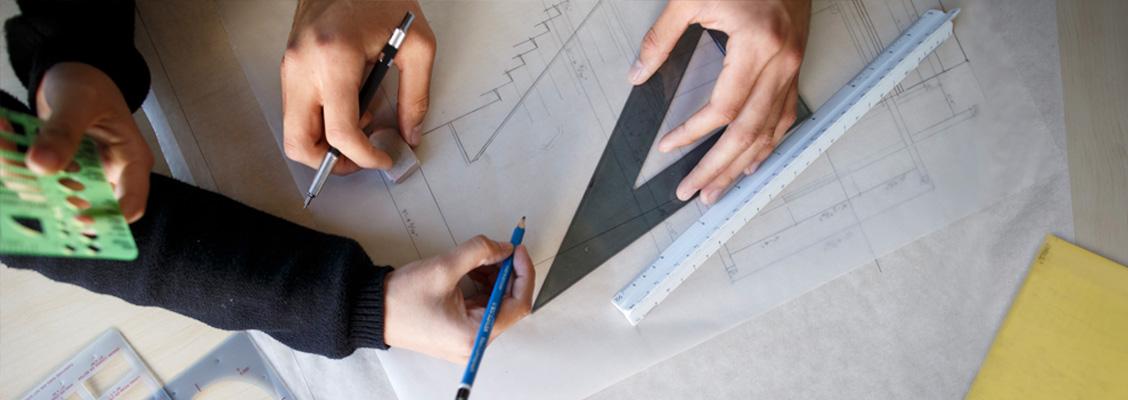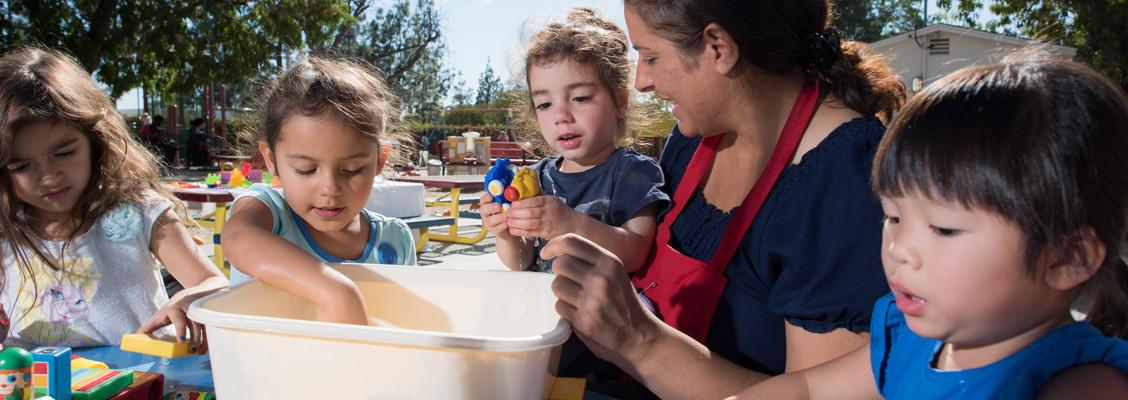 Did you know that less than 20 percent of Kindergarten through 12th grade schools nationwide include fitness activities in the school day--or even before and after school? With childhood obesity at epidemic levels and increasing diagnoses of type 2 diabetes among children, CSUN faculty and students are reaching out to create a healthier community.
Did you know that less than 20 percent of Kindergarten through 12th grade schools nationwide include fitness activities in the school day--or even before and after school? With childhood obesity at epidemic levels and increasing diagnoses of type 2 diabetes among children, CSUN faculty and students are reaching out to create a healthier community.
A grant from Northridge Hospital Medical Center along with the hospital’s School Based Obesity and Diabetes Initiative (SODI) and partnership with the Valley Care Community Consortium (VCCC) is helping CSUN faculty and students from the departments of Kinesiology and Family and Consumer Sciences design and administer a new program for kids, Let’s Cook and Move! Designed to strengthen Nutrition and Physical Education programs in the schools, the program expands upon established programs in the college. Let’s Cook and Move! engages children and their families in two schools in the Los Angeles Unified School District (LAUSD).
Co-directing the project are Health and Human Development faculty Mary Jo Sariscsany (Kinesiology) and Annette Besnilian (Family and Consumer Sciences). “Obesity and diabetes are major health concerns in the San Fernando Valley, especially in Latino families,” said Besnilian. “Let's Cook and Move! focuses on improving behavior in two areas that are primary causes of obesity: eating behaviors and physical activity levels.”
Let’s Cook and Move! also lines up with Michelle Obama’s Let's Move! campaign. “We’re creating opportunities for all students,” Sariscsany said. “This program is for children of all abilities to have fun at school while learning about, and working toward, the nationally recommended daily nutrition and 60 plus minutes of daily fitness activity.”
Children participating in the program will engage in fitness activities throughout the day. “The day starts with activity to wake the kids up,” Besnilian said, "and we are going to offer parent workshops after drop-off as well. The workshops will include nutrition education lessons, physical activity and cooking demonstrations and tasting."
Bilingual dietitians, dietetic interns, and physical education pre-service teachers from CSUN will show the children how to enjoy fitness activities throughout the day. “During school nutrition they get lessons in healthy eating and at lunch break, after a healthy meal, they enjoy a lunch time walking program they administer themselves, monitoring their own activity levels, using pedometers and keeping records,” Besnilian said.
Collaboration with VCCC allows after school parent-child activities. “For the children participating in Let’s Cook and Move! there’s never a dull moment,” Sariscsany said, “They’ve got walking, Zumba, yoga, and dance classes and it’s not just limited to the kids. We’re reaching parents, children, families and even school staff.” After-school programs get the whole family involved in making healthy lifestyle choices.
“By changing parent awareness, attitudes and behaviors toward food and activity, we can change the way families relate to food and fitness to reduce obesity-related illnesses.” Besnilian said. Child and parent nutrition classes include cooking demonstrations, nutrition education and lessons in healthy eating, label reading, recipe modification, smart shopping on budget, and chronic disease prevention. By encouraging students to seek out healthy recipes and bring them to school to share, faculty and students set the children up for success when they get home. “They’ll have new ideas to take home and practice and when they come back to school they can talk about how it went,” Besnilian said.
By reaching about 300 students and their teachers and school staff, the effect of the program is magnified through the community. “By the end of June 2013, if each class participant has three or four members in their family, then potentially 750 to 1,200 adults and children can be reached through these classes,” Besnilian said. “If each teacher has 25 children in class and 10 teachers from each school participate, potentially 2,500 children per school can be affected by this program without our direct involvement.”
“The encouragement is self-supporting,” Sariscsany added.






